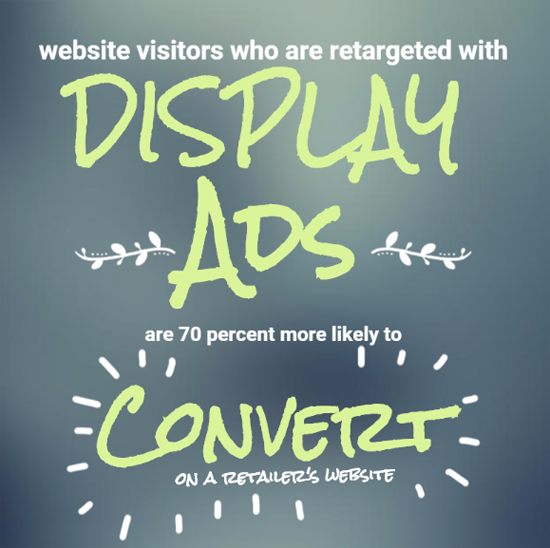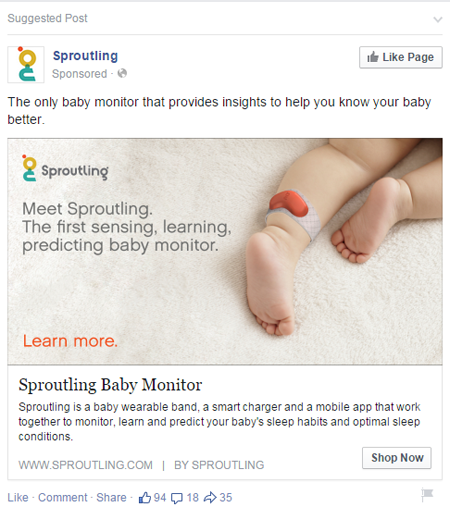3 Retargeting Best Practices for Retail

What was once considered a highly sophisticated advertising practice, retargeting is now widely used among businesses of all sizes. In fact, according to activity on IgnitionOne's platform, retargeting was the dominant display tactic used among its advertisers, with 45 percent of display ads shown to past site visitors in Q2.
A variety of solutions exist - Chango, AdRoll, Retargeter, Criteo and many others, including Google's Display Network - that make quick (and often affordable) work out of reaching customers who showed interested in a product or brand but did not convert, and reminding them to visit the retailer or encouraging them to act on a special offer.
The benefit of serving these ads to non-buyers is that website visitors who are retargeted with display ads are 70 percent more likely to convert on a retailer's website.

That said, the majority of consumers now notice retargeting ads, so brands must think in more detail about the kinds of experiences buyers expect and want. Following the three retargeting best practices below will help any retailer maximize their time and money spent on this popular advertising practice, while catering to the modern Web user.
Don't Annoy
Despite the fact that consumers are privy to what advertisers are doing when they are being retargeted across the Web, brands should still set a frequency cap on their retargeting ads so consumers aren't bombarded with brand messaging at every turn. Sure, consumers visit multiple sites in their purchase journey (search, social, and competitor and publisher sites), but that doesn't mean they should be targeted at each stop. While the "right" frequency will be different for every company, Retargeter typically recommends 17-20 ads per user per month (remember, that's across the Web).
"Burn" Them
Limiting how many times a type of user (e.g. shopping cart abandoner, first-time purchaser, etc.) is exposed to retargeting campaigns is a solid piece of advertising advice, but advertisers can't forget who their users are. More specifically, if they've already converted (e.g. purchased the item), they shouldn't be served with the same ads. Instead, advertisers can move them to a new marketing set, like advertising relevant items to their already-purchased ones.
The ad below is from Sproutlet, a unique baby monitor that is so in demand it has a waitlist. The user who received the ad around the Web has already joined the waitlist. What's more, brands who have items that aren't available at that very moment may not want to advertise them so aggressively, as the potential customer could think negatively of the brand.

Be Relevant
Aside from targeting by demographics (e.g. age, gender, income), marketers should consider leveraging more detailed information about specific websites users have visited, the number of pages visited and other insights, because, according to BrightEdge, this can help marketers "develop a retargeting strategy according to where their qualified users are in the sales funnel." While this strategy can be used for larger, more thought-out purchases like software and other technology systems, it can also be leveraged for large retail items like appliances, furniture or luxury products (that are often not bought on impulse) because knowing which creatives to use based on a user's buying stage can make the ad more relevant to the user - increasing the chances he or she will follow the call to action.
Those in the brand awareness stage, for example, may have visited the homepage and not much more. This is why BrightEdge recommends showing users product or services pages they've visited in order to stay top of mind. Then, the more the user researches the product, the more detailed information they should receive (emails) and perhaps more promotional offers (free shipping).
While retargeting is becoming a standard advertising practice, consumers control the retail environment so be sure to keep them in mind before following bombarding them around the Web with irrelevant ads.







